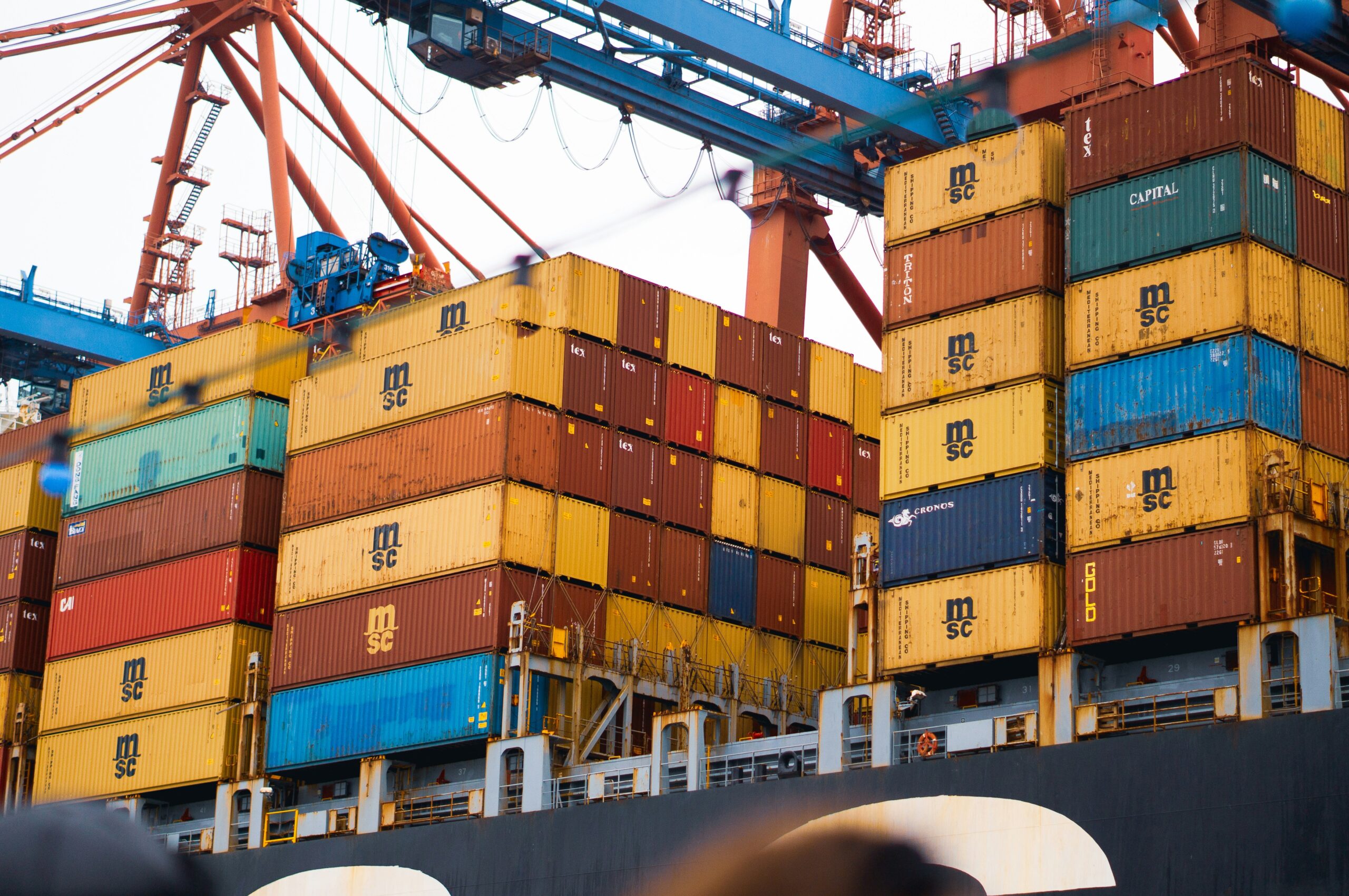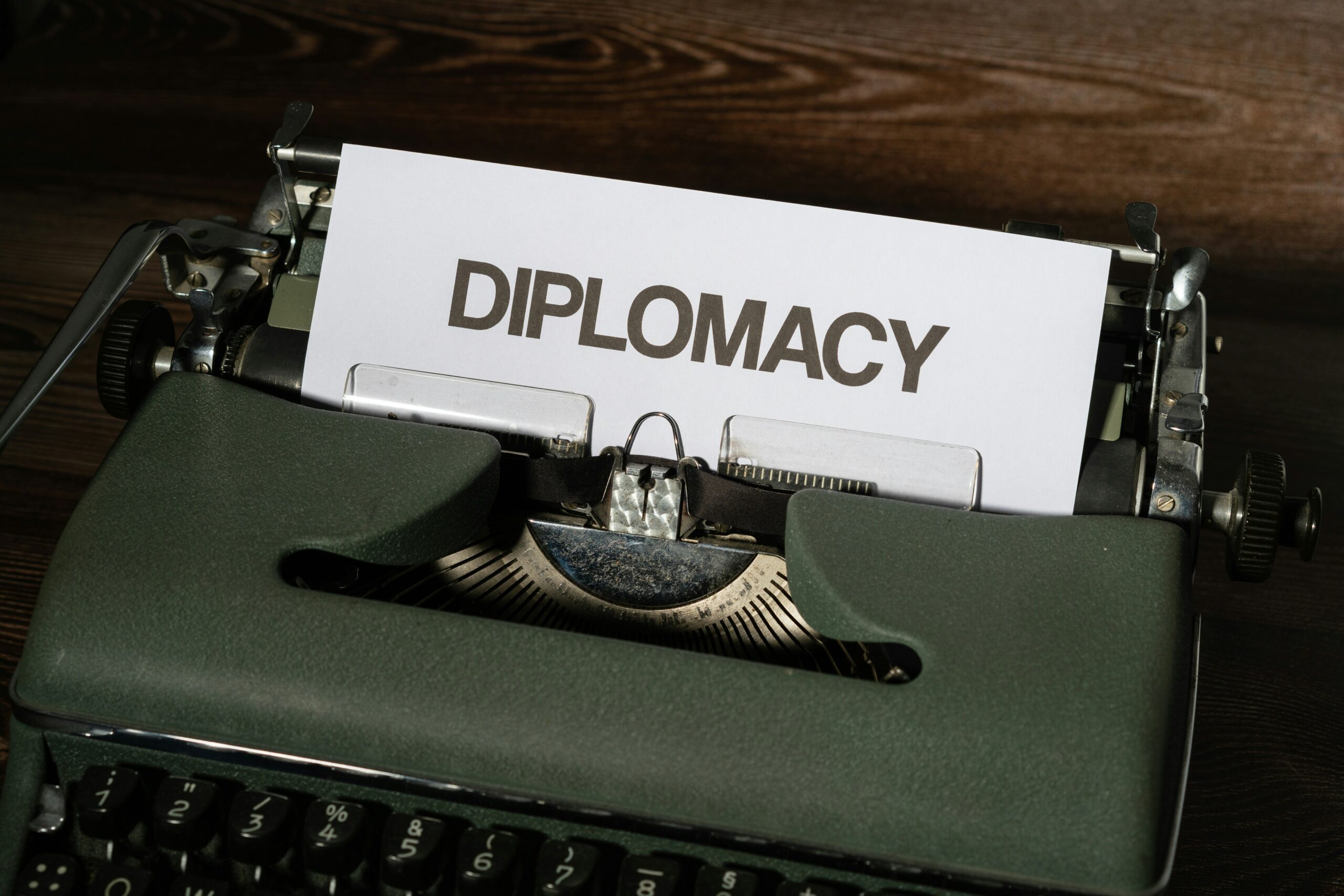Croatia is a small and complicated market, yet it is critical to Southeast Europe’s financial and geopolitical system. It has an enormous economic capacity as it seeks to integrate into the European Union. Residents want to emulate the lifestyles of more affluent Western European countries with 3 to 4 times more GDP per capita.

Croatia has been a participant in the World Trade Organization (WTO) since 2000. Commodities, facilities, and property rights are all covered by WTO accords. They outline the liberalization guidelines as well as the permitted deviations. Individual country obligations to cut customs duties and other trade obstacles, as well as to open and maintain free services markets, are among them. They provide methods for resolving disagreements. They recommend that developing countries receive preferential consideration. They compel states to make their trading strategies open by alerting the WTO about legislation in place and actions enacted, as well as reporting on nations’ trade plans regularly by the secretariat.
We’ll go over the details of the WTO agreements in more depth below:
World trade organization agreement
Croatia joined the EU alliance in July 2013, according to the WTO administration. Croatia firmly supports the new round of global trade discussions at the Doha Ministerial Conference, believing that it will enrich and assist the long economic prosperity of all WTO members, according to the statement.
Furthermore, Croatia thinks that further improving the WTO system, as well as the execution of accords and increased clarity, will aid in the struggle against protectionism, raise efficiency, and global collaboration, and encourage trading as a major driver of industrial progress.
Following are the agreements signed under WTO:
Anti-dumping agreement
A corporation is considered “dumping” a commodity if it exports it at a cheaper rate than it would typically demand on its domestic market. The Anti-Dumping Agreement enables nations to conduct anti-dumping measures. Anti-dumping actions can only be used if the dumping harms the receiving country’s economy. As a result, a thorough inquiry must first be carried out under established procedures.
Safeguard agreement
If a WTO member’s local sector is hurt or endangered by damage due to a rise in importing, the party may briefly impose “safeguard” measures. On the export or import end, the treaty states that parties must not pursue, adopt, or retain any self-regulatory trade limitations, organized marketing arrangements, or other similar actions.
Subsidies and countervailing agreements
This treaty accomplishes two goals: it limits the use of incentives, and it governs the measures nations can take to mitigate their consequences. It states that a country might request the withdrawal of the subsidy or eliminate its harmful consequences through the WTO’s dispute settlement system.
TRIPS agreement
The WTO’s Treaty on Trade-Related Elements of Intellectual Property Rights was established in 1986–94. It was the first time intellectual property regulations were brought into the international trading framework.
The deal includes the fundamental rules of the trading system and how to ensure that copyrights are adequately protected. This arrangement also specifies how WTO members will resolve intellectual property disputes.
GATS
Within the system of standards and marketplace access obligations, the General Agreement on Trade in Services permits a great deal of freedom. All globally commercialized solutions, such as finance, internet, leisure, technical services, and so on, are covered by the treaty.
TBT agreement
The Technical Barriers to Trade Agreement aims to eliminate needless limitations to business through rules, norms, inspection, and licensing protocols.
Nevertheless, the treaty respects countries’ freedom to implement norms that they deem suitable for people, animals, or plants’ wellbeing.
Agriculture agreement
The goal is to restructure the industry’s commerce and make regulations more market-oriented. For both importing and exporting entities, this would boost stability and reliability.



